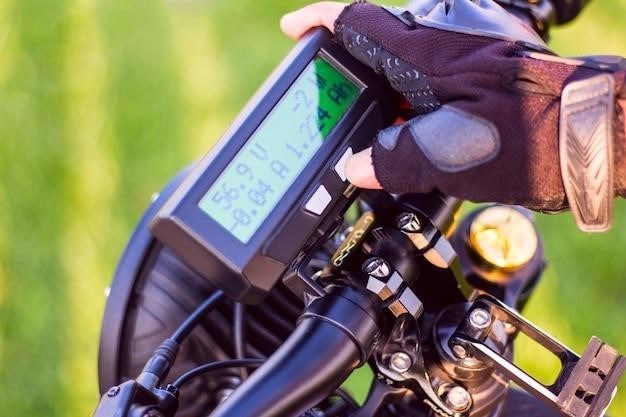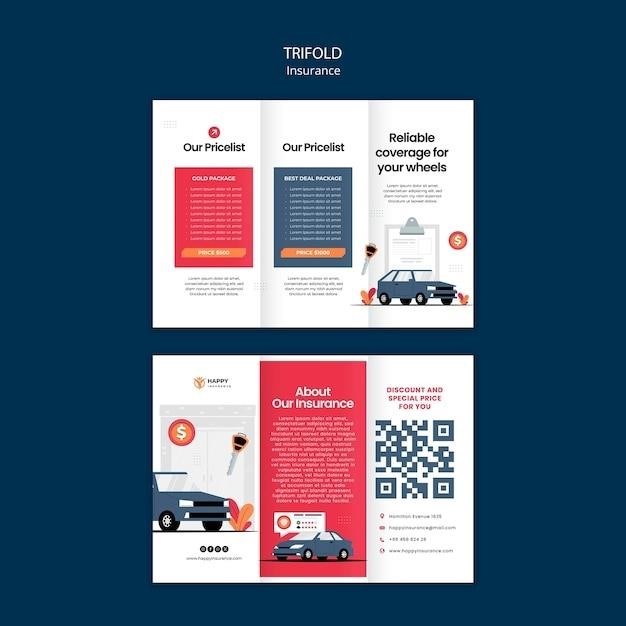
How Much Tip for a Fishing Guide?
Determining how much to tip a fishing guide can be tricky, as there’s no one-size-fits-all answer. Many factors influence the appropriate tip, including the quality of service, the duration of the trip, and the location. While tipping is not mandatory, it’s a customary way to show appreciation for the guide’s expertise and effort in making your fishing experience enjoyable and successful. This guide will help you navigate the waters of tipping etiquette and ensure you express your gratitude appropriately.
Understanding the Importance of Tipping
Tipping your fishing guide is not merely an optional gesture of goodwill; it’s a crucial aspect of recognizing their contribution to your fishing experience. Fishing guides are often independent contractors who rely heavily on tips for a significant portion of their income. They invest considerable time and effort in preparing for each trip, from researching fishing spots to maintaining equipment and ensuring the safety of their clients. A generous tip demonstrates your appreciation for their expertise, dedication, and the memorable experience they helped create.
Moreover, tipping fosters a positive relationship between anglers and guides. It encourages guides to go the extra mile, providing valuable insights, sharing fishing techniques, and creating an enjoyable atmosphere. A good tip can also secure a favorable spot on a guide’s schedule for future trips, ensuring you have access to their services when you need them. By recognizing the importance of tipping, you not only acknowledge the guide’s efforts but also contribute to the sustainability of the fishing guide industry.
Industry Standard Tipping Rates
While there’s no universally accepted standard for tipping fishing guides, a common practice is to tip between 15% and 20% of the total cost of the trip. This range reflects the industry standard for services that involve specialized expertise and personal attention. However, it’s crucial to remember that these are simply guidelines, and the appropriate tip can vary depending on several factors, including the guide’s experience, the duration of the trip, and the overall quality of service.
For example, a guide who consistently delivers exceptional results, providing valuable insights and ensuring a memorable experience, might warrant a tip at the higher end of the range or even beyond. Conversely, if the guide’s performance falls short of expectations or the trip is significantly shorter than planned, a tip at the lower end of the range might be more appropriate. Ultimately, the goal is to express your gratitude for the guide’s efforts and the overall value they provided.
Factors Influencing Tip Amount
The tip amount for a fishing guide isn’t solely determined by the industry standard. Several factors come into play, influencing your decision. First and foremost, consider the quality of service provided. Did the guide exceed your expectations, going the extra mile to ensure you had a successful and enjoyable experience? Did they possess exceptional knowledge of the fishing area, skillfully guiding you to prime fishing spots and providing valuable tips and techniques?

The duration of the trip also plays a role. A full-day trip typically warrants a higher tip than a half-day trip, as the guide’s time and effort are more significant. Additionally, the complexity of the fishing trip, whether it involves navigating challenging waters or using specialized techniques, can influence the tip amount. Finally, the guide’s overall professionalism, friendliness, and willingness to teach and share their knowledge contribute to the overall experience and should be factored into your tipping decision.
Calculating the Tip Based on Percentage
A common approach to determining tip amounts for fishing guides involves following percentage scales based on the total cost of the excursion. While there’s no set rule, a 15-20% tip is widely considered standard. If you’re happy with the guide’s service and they’ve provided a memorable fishing experience, tipping on the higher end of this range is customary. However, factors like the guide’s experience, the complexity of the trip, and the overall cost can influence your decision.
For instance, if the guide is highly experienced and has an excellent reputation, or if the trip involves specialized techniques or challenging conditions, a higher percentage tip might be warranted. Conversely, if the trip is relatively straightforward and the guide provides basic service, a lower percentage tip might be appropriate. Ultimately, the tip should reflect your satisfaction with the overall experience and the value you placed on the guide’s expertise and efforts.
Tipping for Excellent Service
When a fishing guide goes above and beyond to ensure a fantastic experience, a generous tip is a way to express your appreciation. A guide who demonstrates exceptional knowledge, skill, and dedication deserves to be rewarded for their efforts. This could involve exceeding expectations in terms of catching fish, providing insightful fishing tips, or going the extra mile to make the trip enjoyable and memorable.
For instance, a guide who expertly navigates challenging waters, skillfully guides you to productive fishing spots, and patiently teaches you new techniques is worthy of a larger tip. Similarly, if the guide consistently puts your needs first, creates a positive atmosphere, and ensures you have a safe and comfortable experience, a generous gratuity is a way to acknowledge their dedication and professionalism. A tip that reflects the exceptional service received not only shows your gratitude but also encourages the guide to continue providing excellent service in the future.
Tipping for Multiple Guides
Fishing trips often involve multiple guides, whether it’s a captain and a mate on a charter boat or a team of guides on a larger expedition. In such cases, the tipping etiquette can be a bit more nuanced. The most common approach is to tip the lead guide, who then distributes the tip among the other guides. This method ensures that everyone involved in your trip receives a fair share of the gratuity.
However, you can also choose to tip each guide individually, especially if you feel that certain guides provided exceptional service or played a significant role in your success. If you’re unsure how to proceed, it’s always best to ask the lead guide for their preferred method of tipping. Ultimately, the goal is to ensure that everyone who contributed to your enjoyable and memorable fishing experience is properly recognized and appreciated for their efforts.
Tipping for All-Inclusive Trips
All-inclusive fishing trips often bundle together various services, including lodging, meals, transportation, and guided fishing excursions. This convenient package can make it a bit more complex to determine the appropriate tip for the guide. While the all-inclusive price may already cover a portion of the guide’s compensation, tipping is still customary to acknowledge their exceptional service.
A common guideline for all-inclusive trips is to tip between 8 and 12 percent of the total cost. This percentage takes into account the various services included in the package and ensures a fair gratuity for the guide. However, if the guide went above and beyond, exceeding expectations with their expertise, knowledge, and dedication to providing a memorable experience, a higher tip is always appreciated. Remember, tipping is a way to show your appreciation for the guide’s hard work and contribute to their overall income.
Alternative Tipping Methods
While tipping a percentage of the guide’s fee is the most common method, there are alternative ways to show your appreciation. In some cases, you might find that a flat tip, based on the duration of the trip, is preferred. For example, a guide might expect a set amount for a half-day or full-day trip, regardless of the total cost. This approach can be particularly helpful for shorter, less expensive trips where a percentage-based tip might seem inadequate.
Another alternative is to offer a tip in the form of a gift. This could include a fishing-related item, such as a new lure, a tackle box, or a gift certificate to a fishing supply store. A personalized gift can be a thoughtful way to show your gratitude and demonstrate your appreciation for the guide’s passion for fishing. Remember, the key is to choose a gift that aligns with the guide’s interests and reflects your appreciation for their service.
Ultimately, the best way to determine the most appropriate tipping method is to communicate directly with the guide. Ask them about their preferred tipping practices and express your desire to show your appreciation for their hard work. Open communication can ensure that your gratuity is received with genuine gratitude and reinforces a positive relationship between you and your guide.
Tipping Etiquette in Specific Locations
Tipping customs can vary significantly depending on the location of your fishing trip. In some regions, tipping is expected, while in others, it’s less common. For example, in Alaska, where fishing guides are often highly skilled and essential for navigating challenging waters, tipping 15-20% of the total trip cost is considered the norm. This reflects the expertise and dedication required to provide a successful fishing experience in such a unique environment.
However, in other locations, such as Mexico, tipping practices might differ. While a 15-20% tip is still a common practice, it’s essential to be aware of any local customs or expectations. It’s always wise to inquire about tipping etiquette directly with the guide or the fishing charter company to ensure you’re following appropriate practices.
Researching local tipping customs before your trip can prevent any awkwardness or misinterpretations. This proactive approach demonstrates respect for the local culture and helps to ensure a smooth and enjoyable fishing experience for both you and your guide. Remember, a little research goes a long way in fostering positive relationships and leaving a lasting positive impression.
Additional Considerations
While the general rule of thumb for tipping fishing guides is 15-20% of the total trip cost, there are several additional factors that can influence the appropriate tip amount. For instance, the complexity of the fishing trip can play a role. A guide who navigates challenging waters, provides specialized instruction, or works with advanced techniques might warrant a higher tip than a guide leading a more basic fishing excursion.
Furthermore, the guide’s level of experience and expertise can also influence the tip. A seasoned guide with a proven track record of success might command a higher tip than a newer guide still developing their skills. It’s also worth considering whether the guide went above and beyond to ensure a positive experience. For example, if the guide went out of their way to adjust fishing strategies, accommodate specific requests, or provide valuable insights, a higher tip might be appropriate.
Ultimately, the decision of how much to tip is personal and should reflect your satisfaction with the overall experience. However, by considering these additional factors, you can ensure your tip is both fair and reflective of the guide’s effort and expertise.
Tipping a fishing guide is a common practice that acknowledges the guide’s expertise, effort, and contribution to a successful and enjoyable fishing experience. While there’s no fixed rule, a tip of 15-20% of the total trip cost is generally considered standard. This percentage can be adjusted based on factors such as the guide’s experience, the complexity of the trip, and the level of service provided. Remember, a generous tip can go a long way in showing your appreciation and fostering a positive relationship with your guide.
Ultimately, the decision of how much to tip is a personal one. However, by considering the industry standard, the guide’s efforts, and your overall satisfaction, you can ensure that your tip is both fair and appropriate. A well-deserved tip not only shows your gratitude but also contributes to the guide’s livelihood and encourages them to continue providing exceptional fishing experiences for others.
So, the next time you embark on a fishing adventure with a guide, be sure to express your appreciation through a generous tip. It’s a simple gesture that can go a long way in ensuring a positive and memorable experience for both you and your guide.




